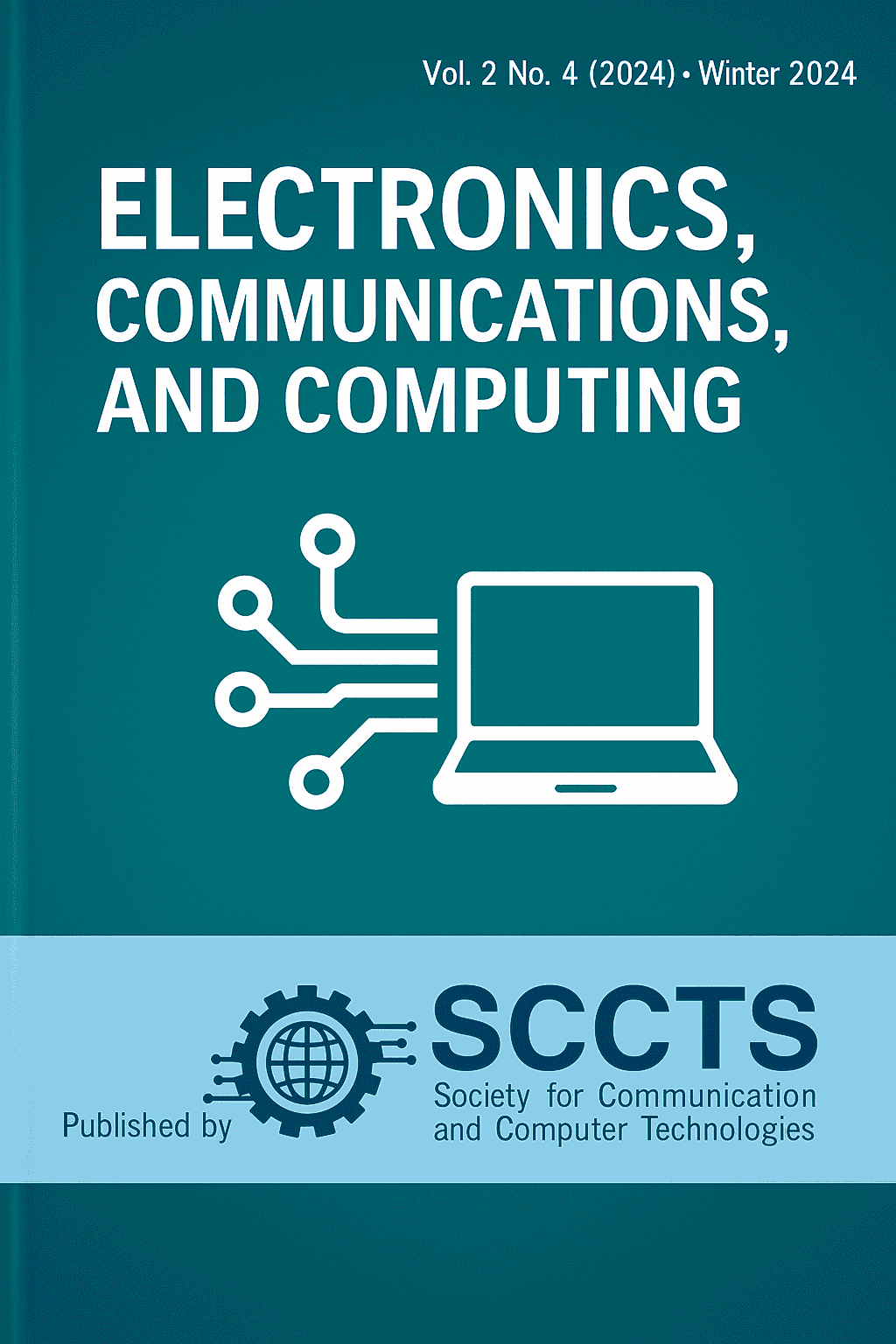Scalable Fabrication Techniques for Flexible Nanoelectronic Devices
Keywords:
Flexible Electronics, Nanoelectronics, Scalable Fabrication, Roll-to-Roll Processing, Inkjet Printing, Transfer Printing, CVD, Wearable Devices, Printed Electronics, Stretchable Sensors.Abstract
Flexible nanoelectronics advancement is a paradigm change in contemporary electronics creating applications of wearable computing, biointegrated circuits, and future computing platforms. These ultrathin and highly flexing and perhaps integratable with unconventional surfaces have become very popular in the realms of healthcare, energy and consumer electronic applications. But one of the problems which are major setbacks of their commercial viability is the scalability and manufacturability of their fabrication processes. This article is a critical and comprehensive overview of scalable fabrication methods applicable to flexible nanoelectronic devices highlighting techniques, including roll-to-roll (R2R) processing, inkjet and aerosol jet printing, transfer printing, and chemical vapor deposition (CVD) as possible applications. The performance of each technique is compared according to some key performance indicators of resolution, throughput, and compatibility with the flexible substrates, environmental stability, and cost-effectiveness. In order to close the gap between the demonstration at the laboratory scale and the deployment at industrial levels, this paper uses experimental validations with ultra-thin CNT-based transistor, printed CNT/PDMS strain sensing patches and R2R-printed flexible supercapacitors. These tests have shown a high mechanical durability with good electrical functionality at stress and very little waste material that makes these methods ready to be put through mass production. In addition, the issue of ink formulation, transfer yield and heat management are being solved and new approaches including hybrid additive-subtractive processes and photonic sintering are suggested to solve the current bottlenecks. The final part of the paper is a fabrication roadmap to combine nanomaterial synthesis and inexpensive printing and patterning platforms in a manner that facilitates high-throughput of large area manufacturing of flexible and stretchable nanoelectronics. The given roadmap can be viewed as a guide to future designs of the cost-effective and high-performance devices that can be used in the applications such as smart textiles or biomedical diagnostics, wearable sensors, and IoT edge nodes. These general considerations and scientific confirmations agree that a realistic shift in flexible nanoelectronic devices appears possible, both as research prototypes into more commercially viable technologies and as a boost to the advance of ubiquitous, intelligent, and user-intimate electronic systems.Downloads
Published
2024-12-28
How to Cite
[1]
Sumit Ramswami Punam, “Scalable Fabrication Techniques for Flexible Nanoelectronic Devices”, Electronics Communications, and Computing Summit, vol. 2, no. 4, pp. 105–117, Dec. 2024.
Issue
Section
Submission



